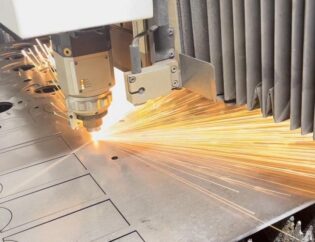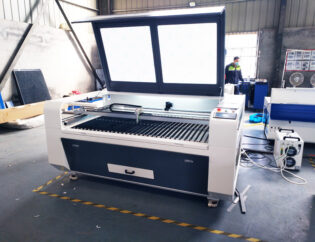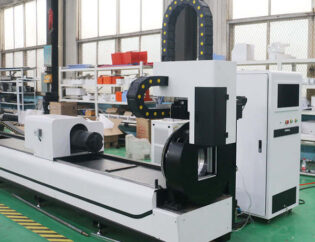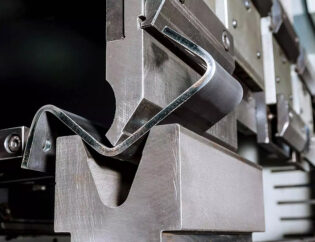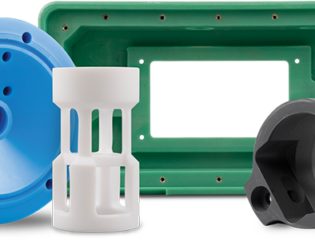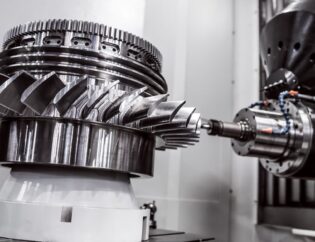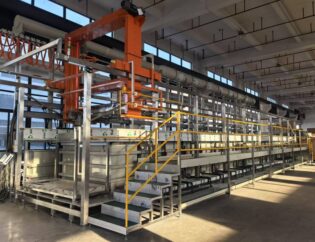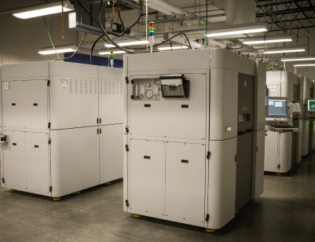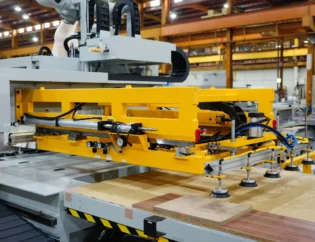In the world of precision manufacturing, 5-axis CNC milling stands out as a revolutionary technology that enhances efficiency and accuracy. This advanced machining process allows for the simultaneous movement of the cutting tool along five different axes, enabling the creation of complex geometries that traditional milling cannot achieve. Understanding this technology is essential for engineers, machinists, and manufacturers aiming to stay competitive in a rapidly evolving industry.
This guide will delve into the fundamental principles of 5-axis CNC milling, exploring its mechanics, advantages, and applications. Readers will gain insights into how this technology can streamline production processes, reduce lead times, and improve product quality. By mastering 5-axis milling, professionals can unlock new possibilities in design and manufacturing.
Additionally, the guide will cover best practices for operating 5-axis CNC mills, including setup, programming, and maintenance tips. Whether you are a seasoned machinist or a newcomer to CNC technology, this comprehensive resource will equip you with the knowledge needed to harness the full potential of 5-axis milling. Prepare to elevate your skills and enhance your understanding of this critical manufacturing process.
5-Axis CNC Mills: A Comprehensive Guide
5-axis CNC mills are revolutionizing the manufacturing industry by providing unparalleled precision and efficiency. These advanced machines allow for complex geometries and intricate designs that traditional 3-axis mills cannot achieve. In this guide, we will explore the technical features, types, and advantages of 5-axis CNC mills, along with insights from leading manufacturers like Haas Automation, DMG Mori, MDA Precision, and FANUC America.
Technical Features of 5-Axis CNC Mills
5-axis CNC mills are equipped with advanced technology that enhances their performance. Below is a comparison table highlighting the key technical features of these machines:
| Feature | Description |
|---|---|
| Axis Movement | Allows simultaneous movement along five axes for complex machining. |
| Spindle Speed | Typically ranges from 5,000 to 30,000 RPM, enabling high-speed machining. |
| Tool Holder Type | Commonly uses pneumatic or automatic tool changers for efficiency. |
| Controller Type | Advanced CNC controllers like FANUC’s 30i series for precise control. |
| Material Compatibility | Capable of machining various materials, including metals, plastics, and composites. |
| Accuracy | Positioning accuracy of +/- 0.01 mm, ensuring high precision in machining. |
| Software Integration | Compatible with CAD/CAM software for streamlined programming and operation. |
| Probing Systems | Integrated probing for automatic calibration and part location. |
Types of 5-Axis CNC Mills
There are several types of 5-axis CNC mills, each designed for specific applications and industries. The following table outlines the differences between these types:
| Type | Description |
|---|---|
| Trunnion Table Mills | Feature a rotating table that allows for 5-axis machining of larger parts. |
| Rotary Table Mills | Utilize a rotary table for 4th and 5th axis movement, ideal for smaller parts. |
| Vertical Machining Centers | Offer vertical spindle orientation, suitable for a wide range of applications. |
| Horizontal Machining Centers | Provide horizontal spindle orientation, enhancing chip removal and tool life. |
| Benchtop Mills | Compact and suitable for small-scale operations, often used in educational settings. |
Advantages of 5-Axis CNC Mills
The benefits of using 5-axis CNC mills are numerous. They include:
- Increased Efficiency: By reducing the need for multiple setups, 5-axis mills save time and increase productivity.
- Enhanced Precision: The ability to machine complex geometries with high accuracy leads to better quality parts.
- Versatility: These machines can handle a variety of materials and applications, making them suitable for different industries.
- Reduced Labor Costs: Automation and advanced programming reduce the need for manual intervention, lowering labor costs.
- Improved Surface Finish: Advanced algorithms and tool paths result in superior surface finishes, reducing post-processing work.
Leading Manufacturers
Several manufacturers are at the forefront of 5-axis CNC milling technology:
– Haas Automation: Known for their reliable and user-friendly machines, Haas offers a range of 5-axis mills suitable for various applications. Their website, www.haascnc.com, provides detailed information on their product offerings.
– DMG Mori: A global leader in machine tool manufacturing, DMG Mori specializes in high-precision 5-axis milling solutions. Their machines are designed for maximum efficiency and flexibility, as seen on us.dmgmori.com.
– MDA Precision: Focused on benchtop CNC solutions, MDA Precision offers compact 5-axis mills ideal for small workshops and educational institutions. More information can be found at mdaprecision.com.
– FANUC America: Renowned for their advanced CNC controls, FANUC provides cutting-edge technology for 5-axis machining. Their systems are designed to optimize performance and reliability, as detailed on www.fanucamerica.com.
Conclusion
5-axis CNC mills represent a significant advancement in machining technology, offering unparalleled precision and efficiency. With various types available, manufacturers can choose the best solution for their specific needs. Leading companies like Haas Automation, DMG Mori, MDA Precision, and FANUC America continue to innovate, ensuring that 5-axis machining remains at the forefront of the manufacturing industry.
FAQs
1. What is a 5-axis CNC mill?
A 5-axis CNC mill is a machine that can move a cutting tool or workpiece in five different axes simultaneously, allowing for complex machining operations.
2. What are the benefits of using a 5-axis CNC mill?
The benefits include increased efficiency, enhanced precision, versatility in material handling, reduced labor costs, and improved surface finishes.
3. How does a 5-axis CNC mill differ from a 3-axis mill?
A 5-axis mill can move in five directions, allowing for more complex shapes and angles, while a 3-axis mill can only move in three directions.
4. What types of materials can be machined with a 5-axis CNC mill?
5-axis CNC mills can machine a variety of materials, including metals, plastics, and composites.
5. Where can I find more information about 5-axis CNC mills?
You can visit the websites of leading manufacturers such as www.haascnc.com, us.dmgmori.com, mdaprecision.com, and www.fanucamerica.com for detailed product information and specifications.

